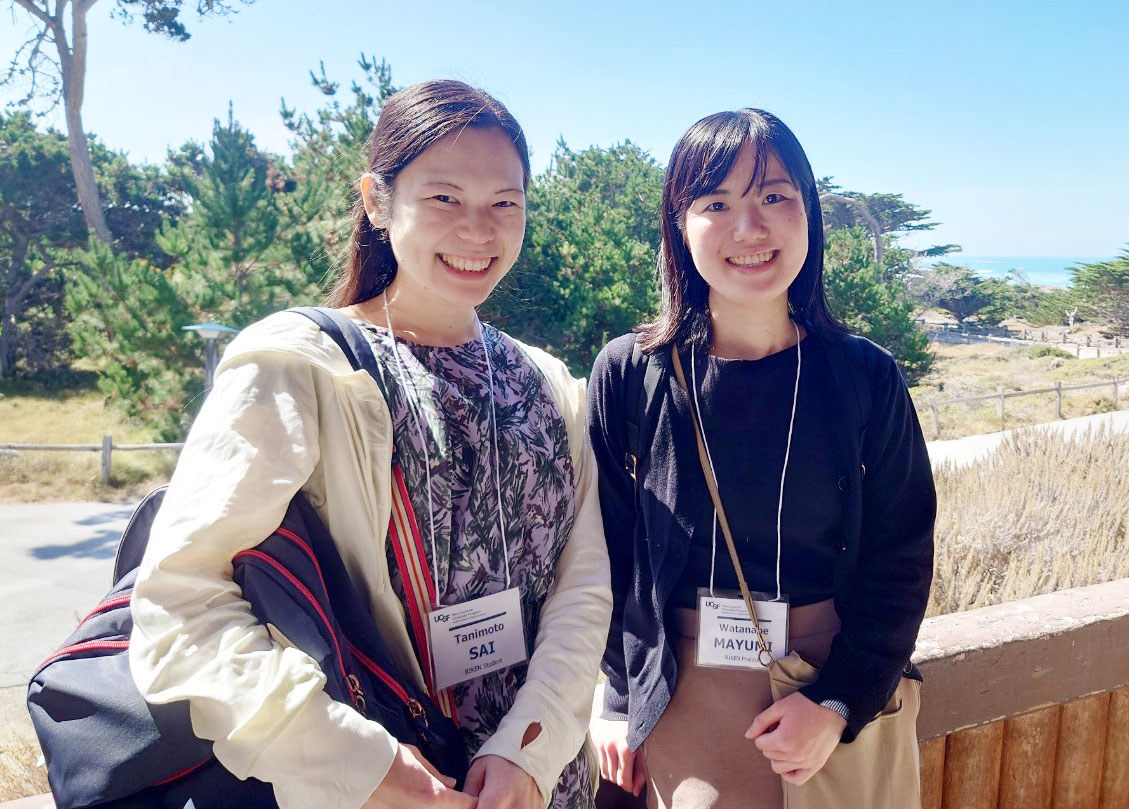Sai Tanimoto
Student Trainee, Laboratory for the Systems Neurophysiology

Lab visit
I visited several laboratories, including some working on the learning mechanism of rodent brains and some studying the relationship between the central nervous system and peripheral systems. In the lab tours, graduate students showed me their experiment settings and workspaces. We discussed the details of new techniques in rodent systems neurophysiology, especially new types of electrodes, electrophysiology settings, and behavior equipment. In most cases, students from different laboratories share their offices, and everyone seemed to be friendly to one another. When I spoke with the host students, many members talked to me regardless of what lab they belonged to. Moreover, I happened to be present at the scene where a possible collaboration was established between basic animal research and a human patient study. When we had lunch with grad students at UCSF, we shared the table with a clinical psychologist. To my surprise, she found our conversation exciting and talked to us. She said that she cared for many patients with DBS (deep brain stimulation) devices and was happy to collaborate with a grad student studying rodent sleep.
Poster session
I presented the results of my Ph.D. project in which I investigated the learning-dependent activity changes in the visual circuits—namely, the posterior striatum, dorsolateral geniculate nucleus, and visual cortex—during the visual discrimination task. The researchers who visited my poster were mainly interested in the striatum and discussed the specific circuits related to my behavior paradigm. I received interesting feedback and broadened my perspectives. Also, I explored the posters presented in the retreat and found many intriguing topics. Presenters and audience members alike had drinks in their hands and freely discussed and socialized. First-year students were also enthusiastic and essential questioners. I think this kind of unpretentious session promotes the formation of an intimate scientific community.
How will the experiences in the program pay off for your science career?
The most impressive thing I found during the retreat was close friendships between graduate students. There seemed to be 25-30 students per year, and the first-year students introduced themselves, their research interests, and even fun facts about themselves to all the attendees. The senior graduate students clearly cared about the junior students, and the atmosphere reminded me of Japanese university clubs. There was also ‘karaoke’ time during the retreat, and the students in the same year sang a song and danced vigorously. I thought that the unique research at UCSF might derive from the open-minded discussions that arise thanks to the friendliness between students, as well as the curriculum in the first-year classes and the laboratory rotation system. There was also a DEI (diversity, equity, and inclusion) session, in which both students and faculty members enthusiastically discussed how to make the school more open and comfortable to everyone. Their attitude toward the improvement of the environment, along with their concern for their colleagues, made me think about how to cooperate with others in the research field.
Another thing that I was surprised by was that a substantial proportion of students chose not to pursue their career in academia. They said they would like to work for a pharmaceutical company or a company developing neuroscience-related technologies. In the US, those companies seem to allow them to continue their research and pay them more than academic institutes, so finding work at a company seems to be an attractive option for graduate students. Their honest impression of their next career stage was helpful for me to think about my future career.
Last but not least, I found that there are many ongoing collaborative works at UCSF. I was fascinated with the development of flexible electrodes, which allowed us to record neurons for a long time with little damage to the tissue, and the technique to preserve human tissue sections for several days. These new techniques would be hard for one person to develop alone. Also, as I mentioned above, collaboration between rodent and human basic researchers seemed to be easily accessible at UCSF. I saw that so-called translational research, not only on the clinical side but also on the more basic physiological side, was now feasible, and my desire to expand my rodent research results into human research got stronger.



